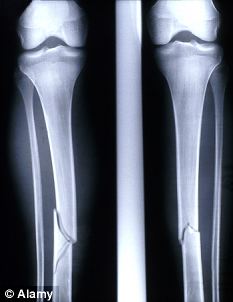
Immerse (soak) your foot in the cold water for 30 seconds, then immediately place it in the hot water for 30 seconds. You'll need two buckets, one with water as cold as you can tolerate and the other with water as warm as you can tolerate. A contrast bath uses alternating cold and hot water to reduce inflammation. Do not apply ice directly to the skin.Ĭontrast bath. Applying ice packs to the toe may also temporarily help reduce inflammation and control your symptoms. Your doctor may recommend pain relievers, such as oral or topical non-steroidal anti-inflammatory medicines (NSAIDs), to help alleviate the pain and reduce the swelling. X-rays will show the location and size of any bone spurs, the degree of arthritis deep in the joint space, and cartilage loss. Your doctor may choose to get X-rays of your foot. Knowing this will help your doctor decide which treatment to recommend. Moving the toe in various directions will also help determine whether the pain is deep or limited to the bump on the top of the toe joint. They may move the big toe around to see how much motion is possible without causing pain.Your doctor will examine your foot and look for evidence of bone spurs.If you wait until you see a bony bump on the top of your foot, bone spurs will already have already developed, arthritis may already have set in inside the joint, and treating the condition may be more involved.

Hallux rigidus can be easier to treat when the condition is recognized early. If you have difficulty bending your toe up and down or find that you are walking on the outside of your foot because of pain in the big toe, it's important to see your doctor to make a diagnosis.


 0 kommentar(er)
0 kommentar(er)
